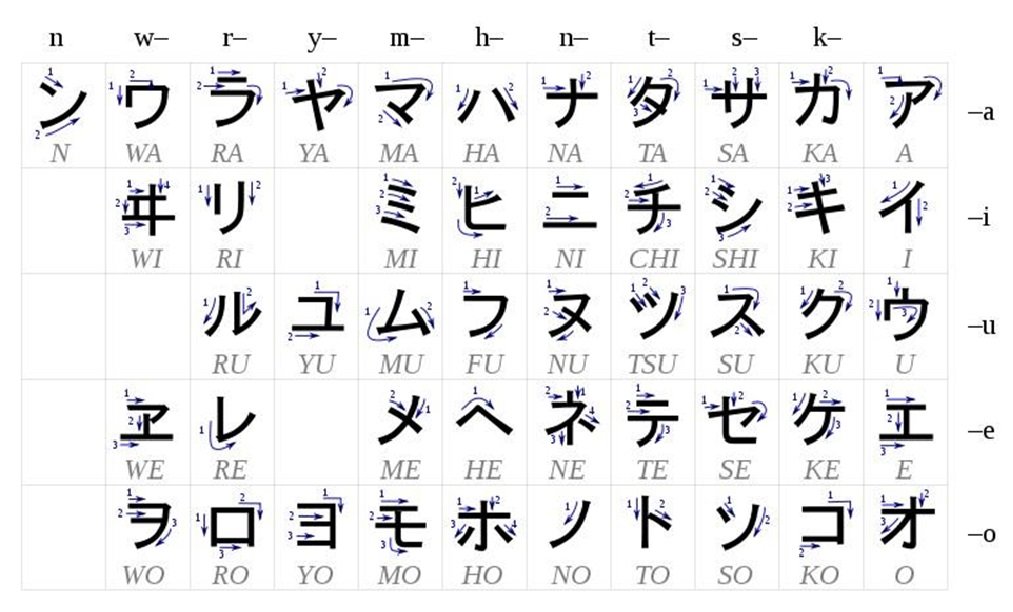Learning Japanese in Krishna Consciousness
Hiragana46
あ い う え お
か き く け こ
さ し す せ そ
た ち つ て と
な に ぬ ね の
は ひ ふ へ ほ
ま み む め も
ら り る れ ろ
や ゆ よ わ を ん
Katakana46
ア イ ウ エ オ
カ キ ク ケ コ
サ シ ス セ ソ
タ チ ツ テ ト
ナ ニ ヌ ネ ノ
ハ ヒ フ ヘ ホ
マ ミ ム メ モ
ラ リ ル レ ロ
ヤ ユ ヨ ワ ヲ ン
序説
Learning Japanese for the pleasure of Guru and Gauranga and Krishna’s devotees
1. Japanese is hybrid language and its history is not very old.
2. Kana are script based on sound-shabdapramaan.
3. Hiragana characters are curving style.
4. Katakana are angular used for writing foreign-derived words.
5. kanji are Chinese-style characters that the Japanese adopted around the fifth century A.D. difficult because of Pratyaksha Pramaan.
6. Radicals are part of kanjis.
7. Vedic style is YOKO. Anti Vedic is TATE.
Writing rules of Japanese
1. ば- BA てんてん、
2. ぱ PA まる、
3. でぃ DHI/DI-small letters are compoud words
4. 。full stop 、Comma ー hyphen
5. Traditional Japanese uses TATE.
Types of radicalsにょう
1. left (hen)へん
2. right (tsukuri)つくり
3. top (kanmuri)かんむり
4. bottom(ashi)あし
5. hang down(tare)たれ
6. wrap around the bottom (nyou)
7. enclose(kamae) かまえ


BACE: 世界でヴェディック文化を広げるアカデミー
©2020 BACE- バクティーヴェーダンタ文化と教育アカデミー
www.vedabace.com は勉強とリサーチとか毎日の精神生活ができるためあるヴェーダ知識の詳しく情報と説明
問い合わせ- info@vedabace.com